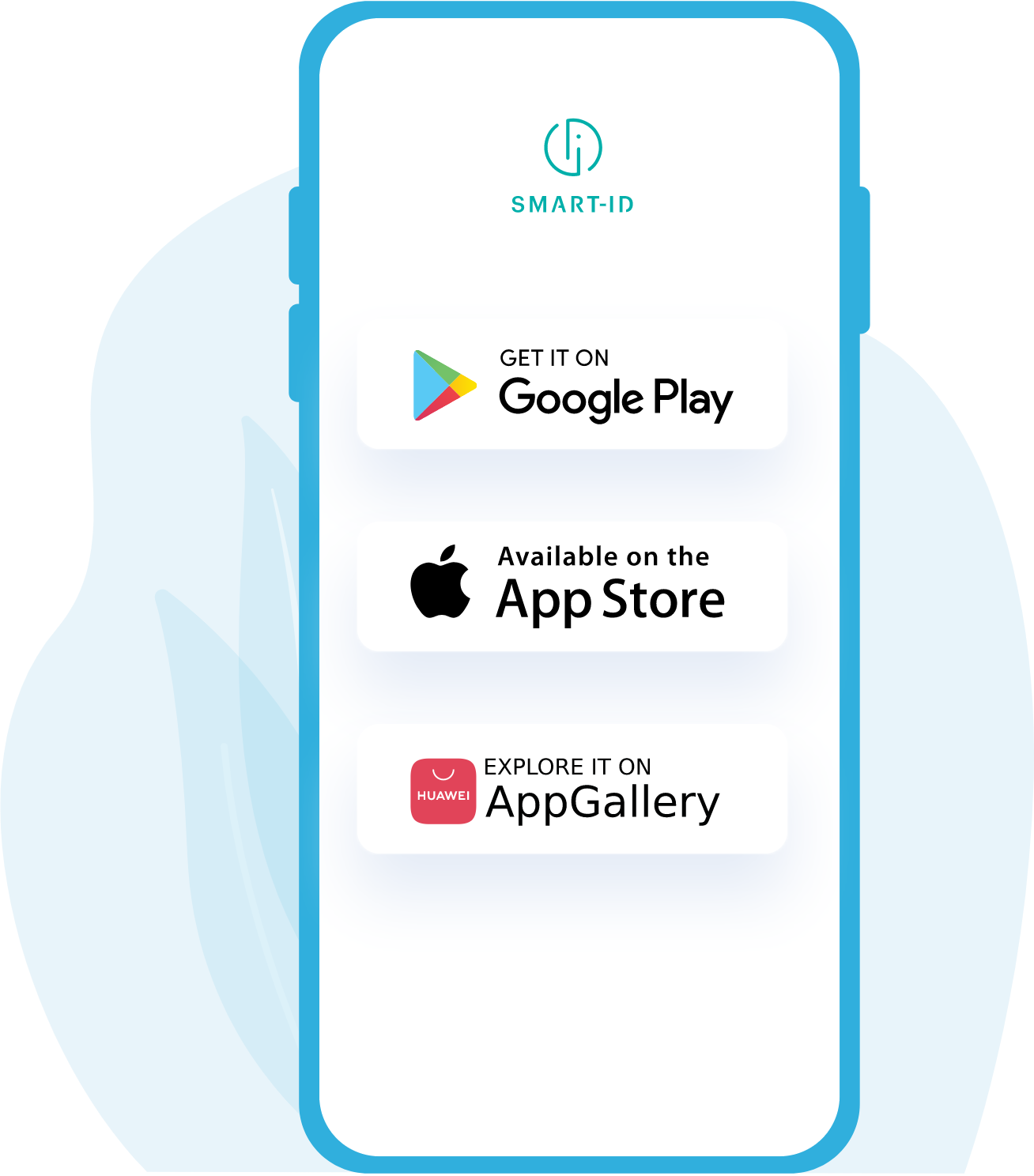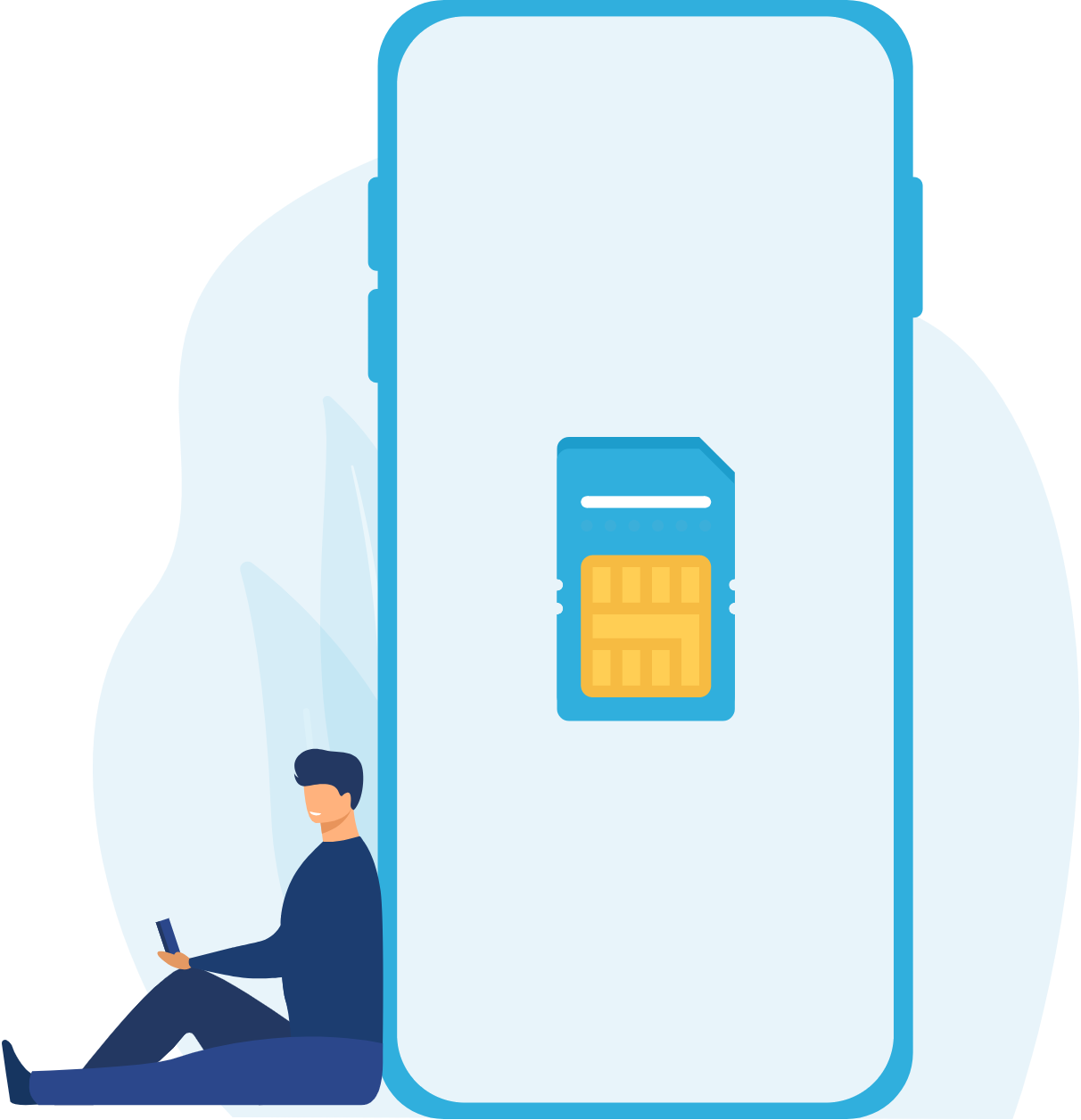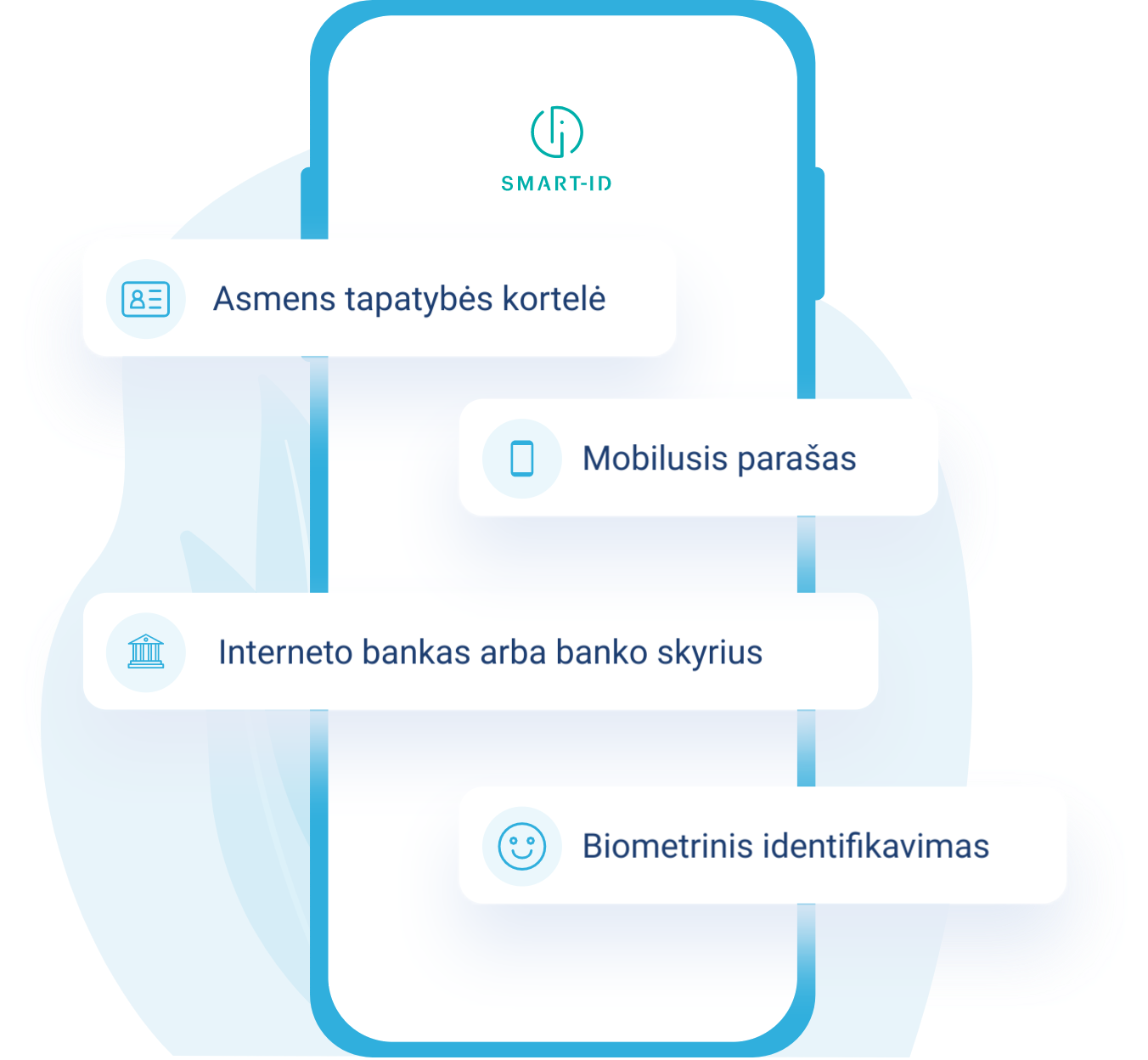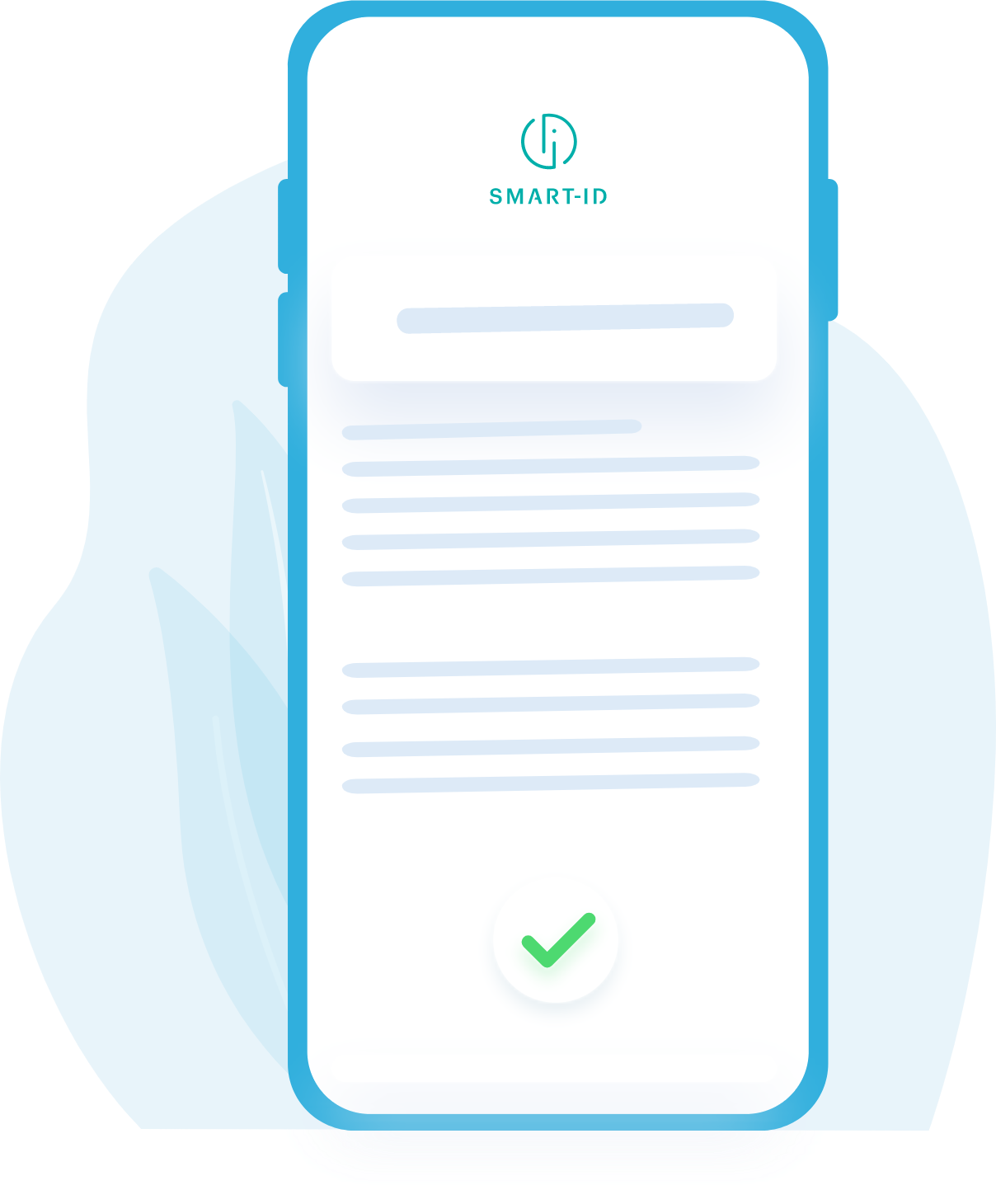A brief explanation about the electronic signatures
Learn more about the possibilities and benefits of signing digitally
What is an electronic signature?
An electronic signature is your signature in an electronic environment. Not only it can confirm your identity, but also perform many actions online. For example:
Connection to electronic banking
Signing eDocuments
Use e-Government systems
Connecting to various self-service platforms of service providers

Security levels of electronic signatures
The electronic signature has several different levels of security as defined in Regulation (EU) No 182/2011 of the European Parliament and of the Council. Regulation (EU) No 910/2014 on electronic identification and trust services for electronic transactions, abbreviated as the eIDAS Regulation, is valid throughout the European Union.
Electronic Signature

Electronic Signature
Data in electronic form are linked to other data in electronic form and used to sign by a person
Security Level:
LowA signature in e-mails can be considered an electronic signature
Your signature on the courier’s tablet when you pick up a shipment, if it is agreed that such signing action will be considered valid
Advanced Electronic Signature
Linked to the signatory, created using electronic signature creation data that can only be used very reliably by the signer himself. It is linked to the data in such a way that any change is visible and enables the signatory to be identified
Security Level:
MediumA signature that is confirmed by a signing certificate. A great example of such a signature is authentication with a Smart-ID app or mobile signature
Advanced Electronic Signature

Qualified Electronic Signature

Qualified Electronic Signature
An advanced electronic signature created using a qualified electronic signature creation device and validated by a qualified electronic signature certificate
Security Level:
HighSignature of the highest level of security. It is subject to special requirements, so this type of signature is always considered equivalent to a handwritten signature
What does a qualified electronic signature look like?
It looks a little different than a handwritten work of art, but has very important parts required for a qualified signature, containing:
Name and surname of the signatory
Note indicating it’s a qualified electronic signature
Signing information i.e. date, exact time and time zone
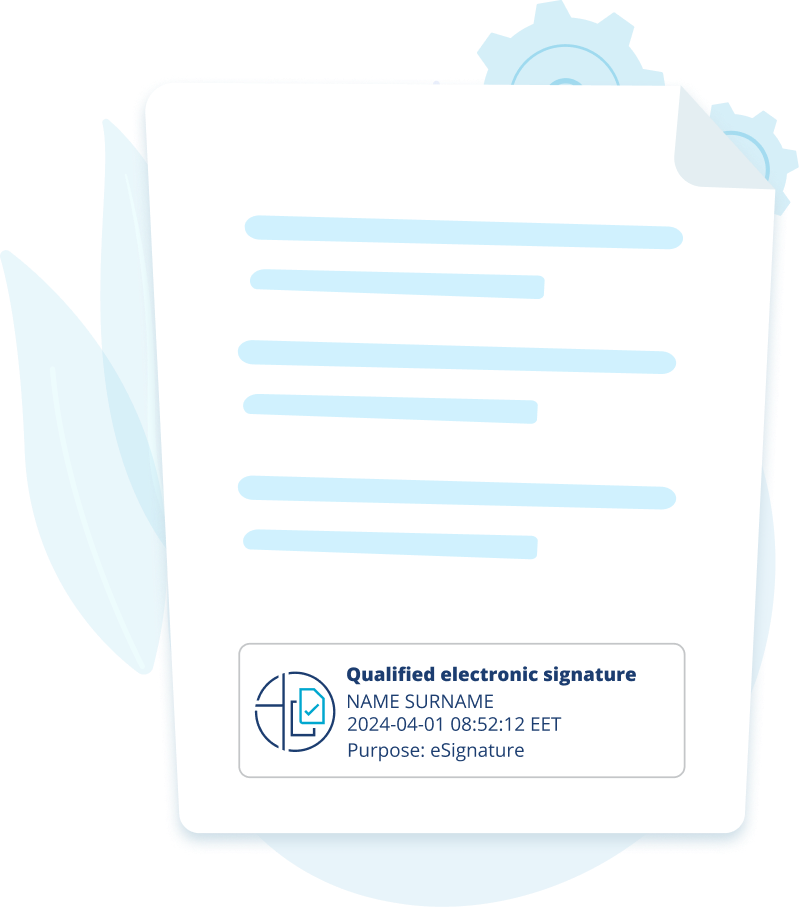
Reasons to start using Electronic Signatures
An electronic signature opens up many possibilities – give it a try!
It will not only confirm your identity, but also allow you to perform many actions from anywhere in the world at your pace.
Ways to use an electronic signature:
Sign documents with a qualified electronic signature:

Log in and use e-banking services:
Verify your identity by connecting to e-government services:
Join self-service platforms of various service providers:
and hundreds more!
How to sign documents with a qualified electronic signature
This will only take a few steps:
Check our blog for a detailed guide on how to sign a document via Mark Sign platform.
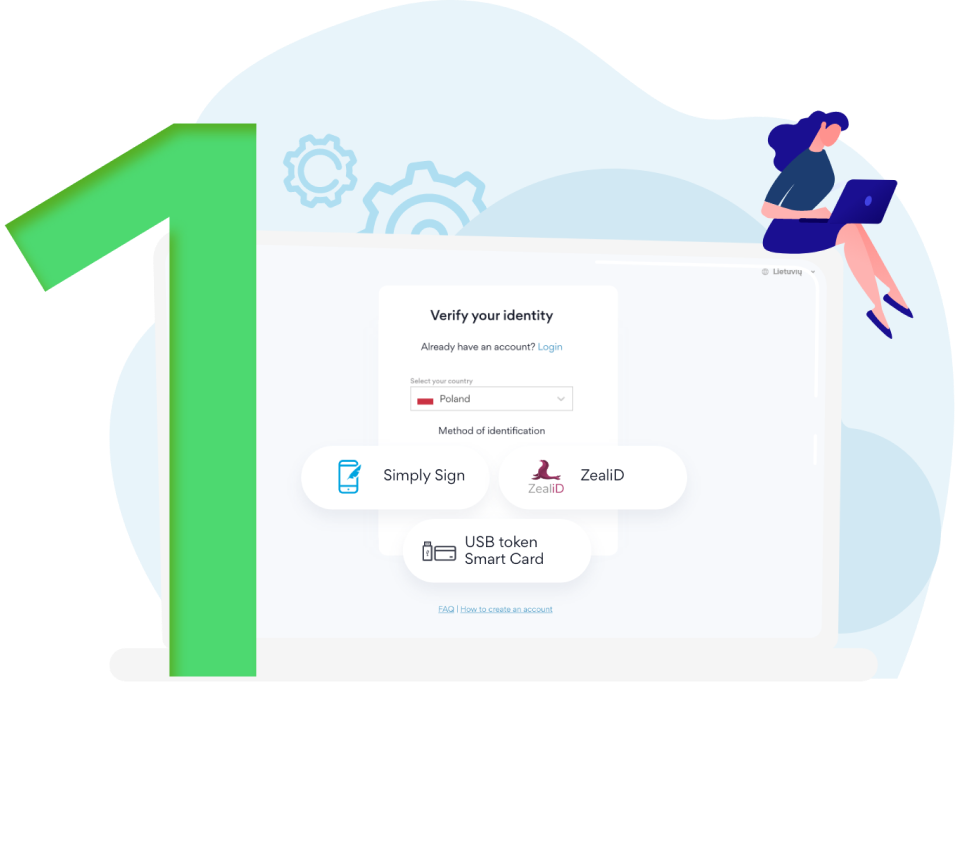
Log in to the Mark Sign platform with your valid Smart-ID app or Mobile Signature
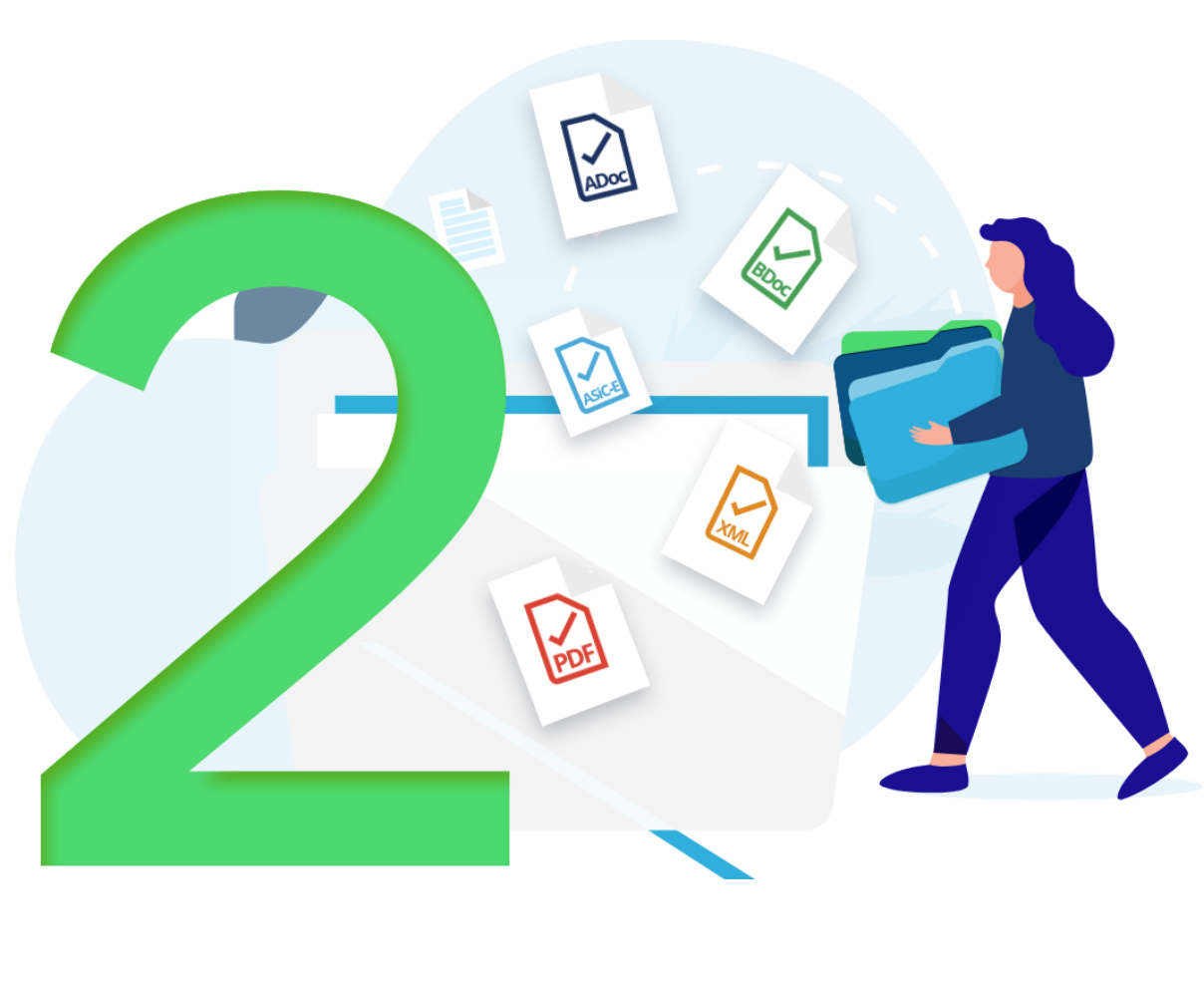
Upload a document in BDOC, ASICE or PDF format
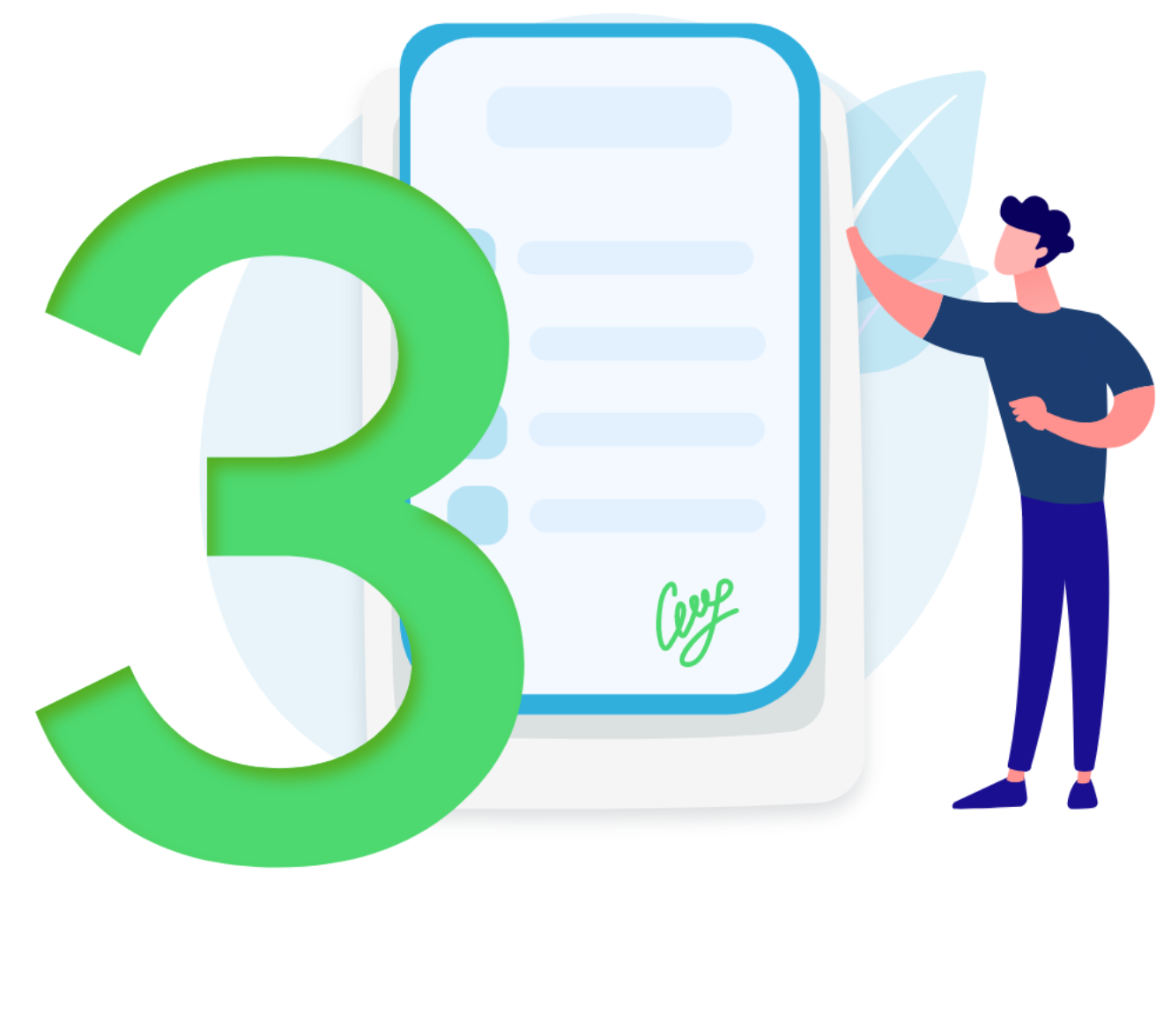
Sign by yourself or invite others to sign
Don’t have a Smart-ID or Mobile-ID yet? It’s easy to set up!
Mobile-ID
How to start using Mobile-ID:
Visit the salon of your mobile operator
2Purchase a SIM card with the m-Signature feature
3Activate it according to the instructions of your provider
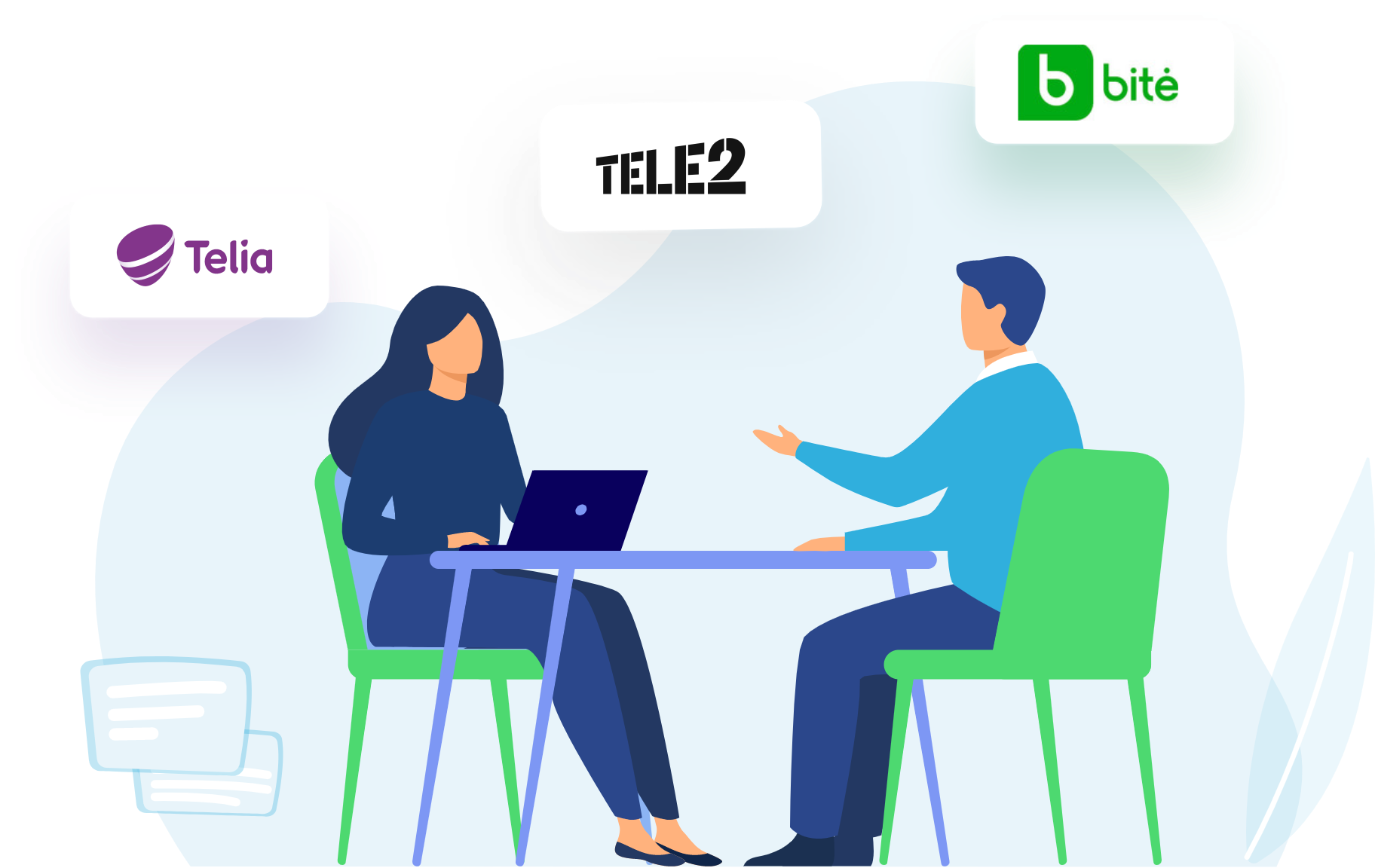
Smart-ID
One of the most widely used tools of identification in the European Union.
Requirements for creating a Smart ID:
- A personal identification code of a citizen of Estonia, Latvia or the Republic of Lithuania;
- Following the Smart-ID settings of age restrictionst
Download and install the Smart-ID app on your smartphone for free from your Google Play, App Store or AppGallery account
2Register a higher-level Smart-ID account in the app by choosing one of 4 methods
3Activate by following the instructions for your chosen authentication method
